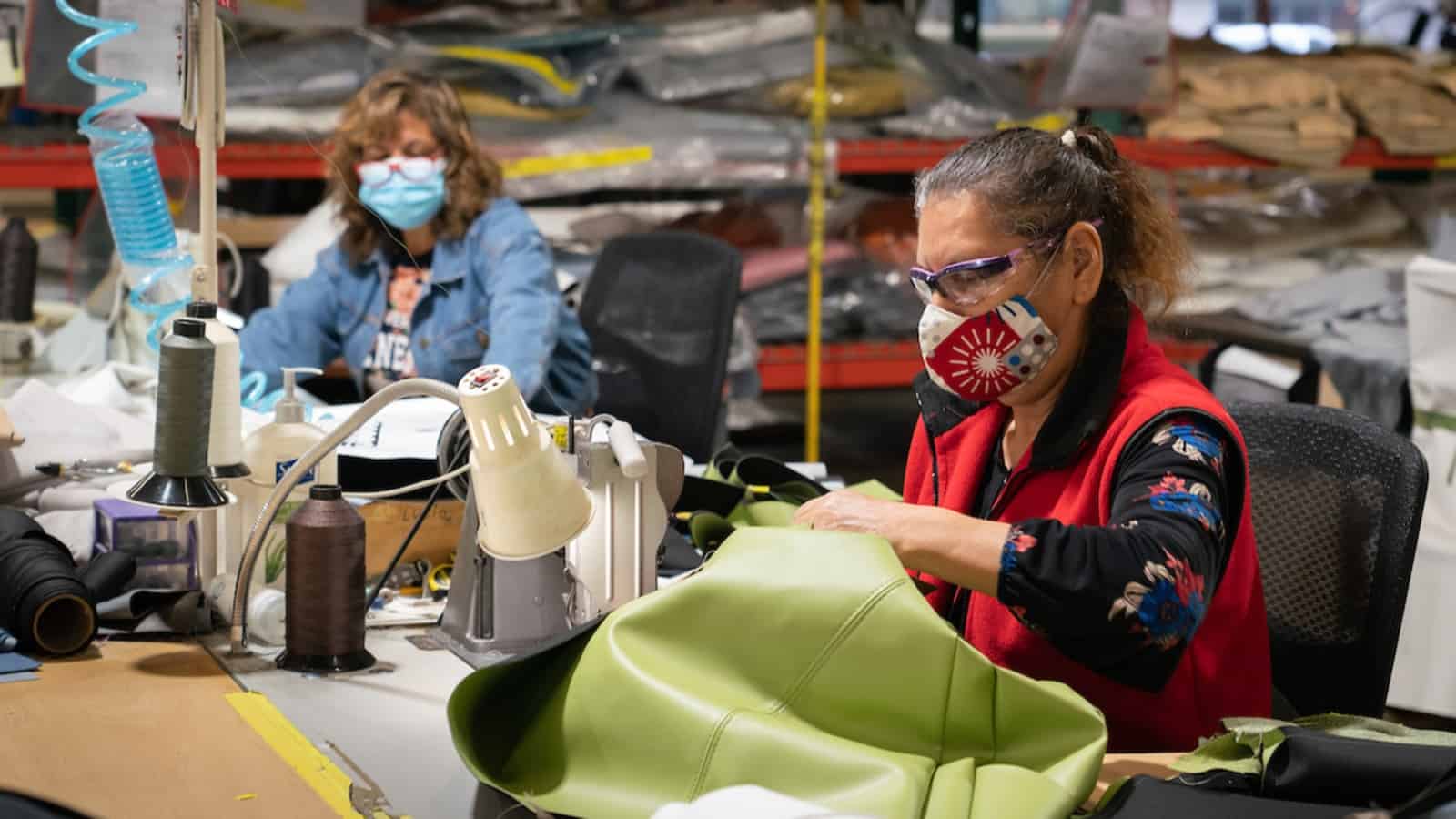New Indo-Pacific Framework Should Prioritize U.S. Manufacturers

The NAM is calling for a U.S. economic approach in the Indo-Pacific region that incorporates several key trade elements for manufacturers.
The background: Earlier this month, the White House unveiled a 12-page strategy overview focusing “on every corner of the region from South Asia to the Pacific Islands to strengthen its long-term position and commitment,” according to Reuters (subscription).
- In the document, the U.S. promises to strengthen partnerships, modernize alliances and invest in regional organizations.
- According to an action plan for the next one to two years, the U.S. will “‘meaningfully expand’ its diplomatic presence in Southeast Asia and the Pacific Islands.”
The NAM’s view: “As the administration continues to develop the framework, it must prioritize an approach that supports manufacturing and manufacturing jobs by opening markets, strengthening U.S. innovation and technology leadership, raising global standards to U.S. levels and putting in place best-in-class trade rules,” said NAM President and CEO Jay Timmons in a letter sent on Tuesday to Secretary of State Antony Blinken, Secretary of Commerce Gina Raimondo, U.S. Trade Representative Katherine Tai and National Security Adviser Jake Sullivan.
Key inclusions: The NAM is urging the administration to include several major elements in its new framework. These include but are not limited to:
- Prioritizing efforts to eliminate trade barriers in the region that hamper U.S. competitiveness;
- Instituting strong intellectual property rules that set high standards for IP protection and strengthen innovation;
- Securing regional or bilateral digital trade commitments; and
- Strengthening collaboration on standards, regulatory and conformity assessment with countries in the Indo-Pacific region.
The last word: “This approach is necessary so that manufacturers in the United States do not fall behind our competitors in the Indo-Pacific, such as China, that are actively negotiating and implementing new trade agreements to lock in opportunities for their manufacturers, not ours,” said Timmons.
